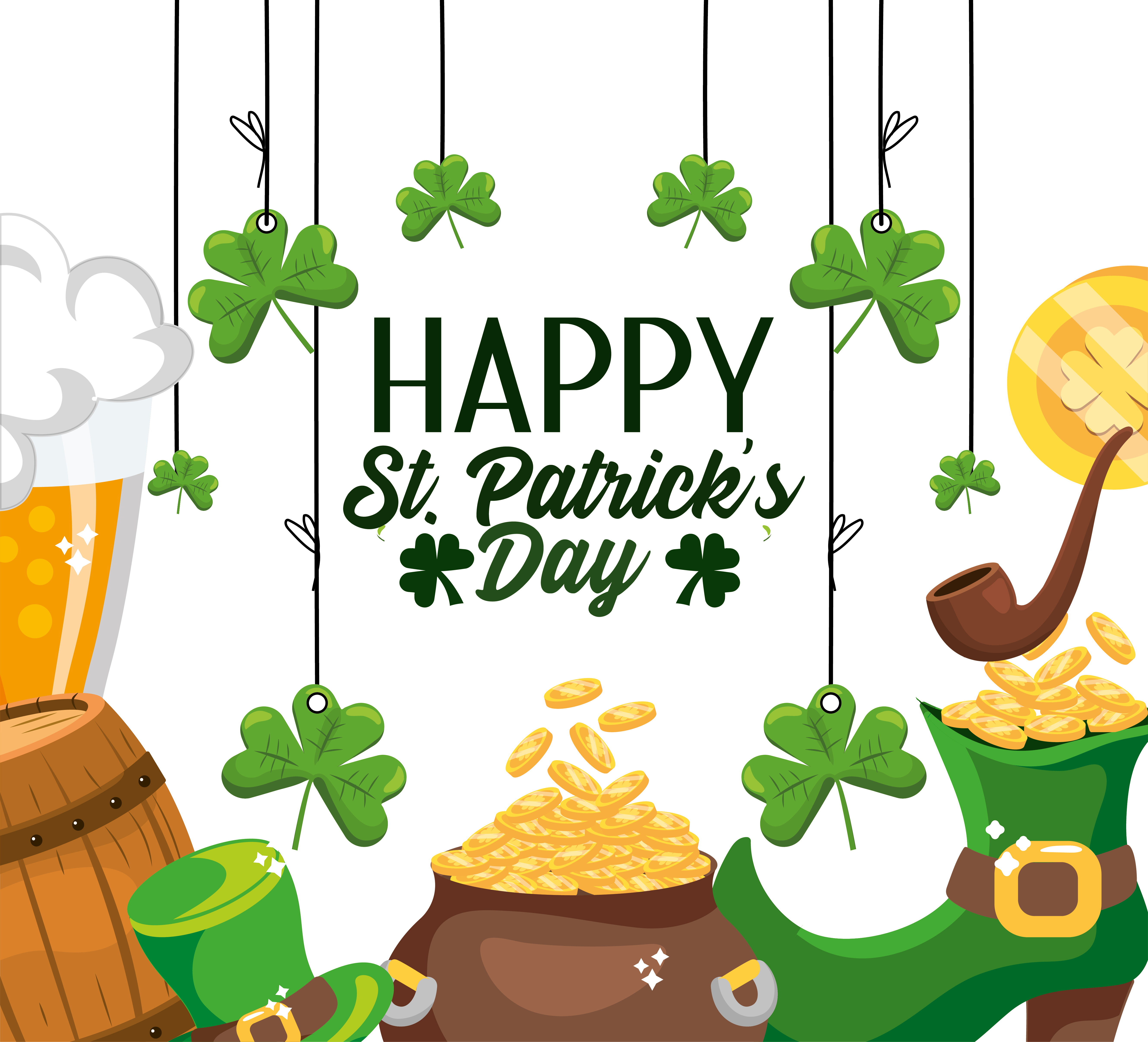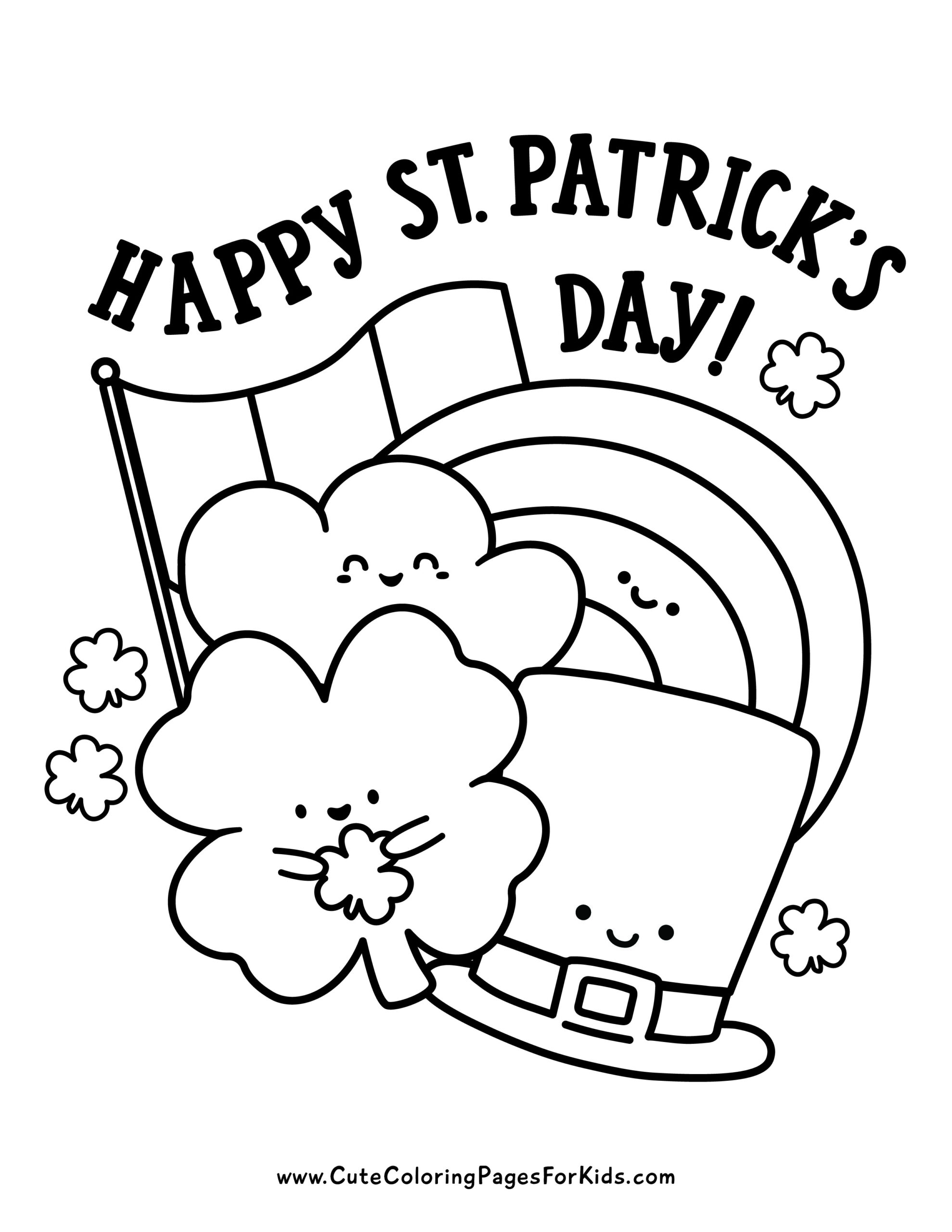Gallery
Photos from events, contest for the best costume, videos from master classes.
 | |
 |  |
 |  |
 |  |
 | |
 |  |
Saint Patrick's Day, or the Feast of Saint Patrick (Irish: Lá Fhéile Pádraig, lit. 'the Day of the Festival of Patrick'), is a religious and cultural holiday held on 17 March, the traditional death date of Saint Patrick (c. 385 – c. 461), the foremost patron saint of Ireland. It is often said that “Everyone is Irish on St. Patrick’s Day,” but to Mexicans, this celebration has a special meaning of historical importance. PTLIA.- The St. Patrick’s Brigade, also known as the Saint Patrick’s Battalion or Los San Patricios, were Irishmen who fought and gave their lives for Mexico in the Mexican American War. Though St. Patrick’s Day was officially placed on the Christian calendar in the early 1600s, the Irish people had been paying homage to their beloved saint in more localised and informal ways for hundreds of years. Original traditions of St. Patrick’s Day were deeply rooted in religious and national identity. Saint Patrick’s Day, feast day (March 17) of St. Patrick, patron saint of Ireland. People of that country celebrate the day with religious services and feasts, but Saint Patrick’s Day has transformed into a largely secular holiday of revelry in other parts of the world. St. Patrick's Day's spiritual meaning is rooted in Christianity. At its core, St. Patrick's Day is a religious holiday celebrated by Catholic, Lutheran, Anglican, and Eastern Orthodox Christians.. The man who inspired the holiday, Saint Patrick, is best known for bringing Christianity to Ireland in the 5th century. St. Patrick's Day, observed annually on March 17, marks the feast day of St. Patrick, the patron saint of Ireland. St. Patrick was a 5th-century missionary credited with bringing Christianity to St. Patrick’s day is a special day in history that will never be forgotten. One of the ways to commemorate such a blessed life is by spreading love to people. Beyond the wine and drinks on this day, ensure that you do something related to spirituality. Spiritual Meaning of St. Patrick’s Day Rainbow Over the years, St Patrick’s Day has become synonymous with parades, shamrocks, and drinking, but for a long time it was a solemn religious holiday - and the sale of alcohol was banned NEW YORK (AP) — If it's March, and it's green, it must be St. Patrick's Day. The day honoring the patron saint of Ireland is a global celebration of Irish heritage. And nowhere is that more so than in the United States, where parades take place in cities around the country and all kinds of foods Of course, Dublin, Ireland, has an extravagant multi-day St. Patrick’s Day Festival, featuring a parade, performances, and other events which attracts more than half a million spectators each year. It began in the 1920s as a military parade, shifted to a more standard procession in the 1970s, then become a full-blown party in the mid-1990s. Wearing green on St. Patrick's Day is a tradition that is believed to have originated as early as the 17th century. Green is associated with Ireland's nickname, "The Emerald Isle," as well as with the green hills and fields of the country's landscape. The color is also linked to the shamrock, which is traditionally worn on St. Patrick's Day. While St. Patrick's Day celebrations often produce images of T-shirts donning "Kiss me, I'm Irish," leprechaun hats and pubs full of people, the holiday holds a deeper meaning. Here's a look at St. Patrick’s Day is a global celebration of Irish culture that takes place annually on March 17, the anniversary of the patron saint of Ireland's death in the fifth century. The holiday has St. Patrick's Day, observed on March 17, has transitioned from a feast day in Ireland to a widely celebrated holiday in the United States. The holiday commemorates St. Patrick, the patron saint of St. Patrick’s Day is associated with many things, all of which have different meanings for different people: wearing green, breaking Lent, making an attempt to try out your cúpla focal, going St. Patrick’s Day holds deep spiritual meaning, connecting people to the patron saint of Ireland and the celebration of Irish heritage. St. Patrick’s Day is not just about wearing green, parades, or indulging in traditional Irish food and drinks. It holds a profound spiritual significance for many people, particularly those of Irish descent. St. Patrick’s Day is a global celebration of Irish culture that takes place annually on March 17, the anniversary of the patron saint of Ireland's death in the fifth century. The Irish have Saint Patrick died on March 17, 461, which later became the day we celebrate him and the Irish. America’s first St. Patrick’s Day celebration was in 1600 in the Spanish colony of present-day St. Patrick’s Day is more than just a day for wearing green and celebrating with friends; it is a day rich in spiritual meaning, historical significance, and cultural importance. From its origins as a religious feast day to its contemporary status as a global celebration of Irish culture, St. Patrick’s Day invites us to reflect on themes of When is St. Patrick’s Day? St. Patrick’s Day, the feast day of the patron saint of Ireland, falls on March 17 every year. In 2025, March 17 is a Monday.
Articles and news, personal stories, interviews with experts.
Photos from events, contest for the best costume, videos from master classes.
 | |
 |  |
 |  |
 |  |
 | |
 |  |